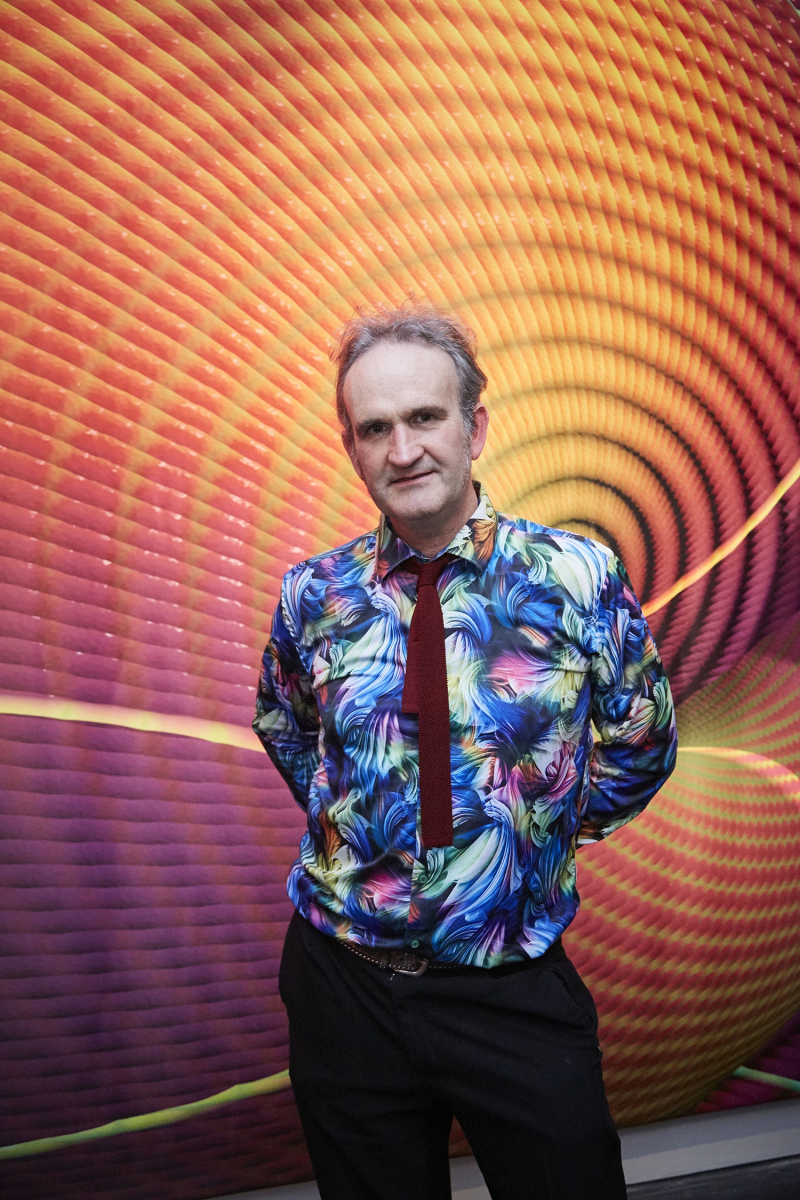Latest News
John Newberry Onyeka Igwe wins Jarman Award 2025 Ian Kiaer presents new solo exhibition in Los Angeles Ruskin Drawing Sale Returns Platform Graduate Award Arturo Soto publishes new photobookWilliam Latham Pompidou Show
Ruskin Alumni William Latham is currently in a show at the Pompidou center in Paris exploring the connections between artificial intelligence, neuroscience and the arts
The purpose of Mutator VR is to put members of the public in an organic immersive VR space where they intuitively interact with the continuously mutating 3D forms that surround them. The mutating forms resemble sea anemones, ancient fossils, viruses and strange toadstools, and much more. In this new both synthetic and natural VR world, the viewer’s body movements and force-field wands in “real time” shape the outcome of the mutation process, creating a direct dialogue between viewer and their evolving sculptural content.

William Latham and the software team (Stephen Todd, Peter Todd and Lance Putnam), since 2015, on HTC Vive VR, have produced a number of VR experiences including Mutator VR: Vortex, FormScape and created a scientific VR experience for modelling and visualising viruses called MVR Virus recently on show at The Lowry in Manchester. These have been in shown at exhibitions in St. Petersburg, Dusseldorf, Kyoto, Shanghai, Manchester and Venice to name a few locations. These experiences have been developed using their own proprietary real-time Mutator VR engine for PCs with a top-end graphics card and a HTC Vive Pro.
In VR, the artist can put the viewer in the artist’s own personal immersive space, where the viewer is entirely focused on the artistic content, with no distractions. Once in that immersive space the artist can then play with the illusion of space, creating a synthetic reality for the viewer where the “surreal” appears “real”. This enables rich interaction for the public including enabling them to play with the physics of the forms in ways not possible in reality.


